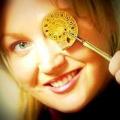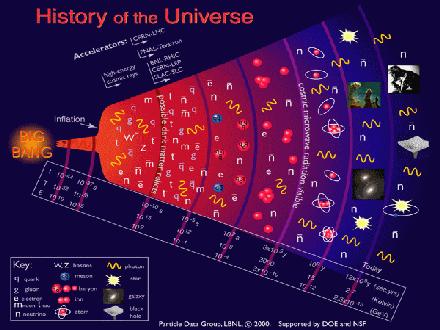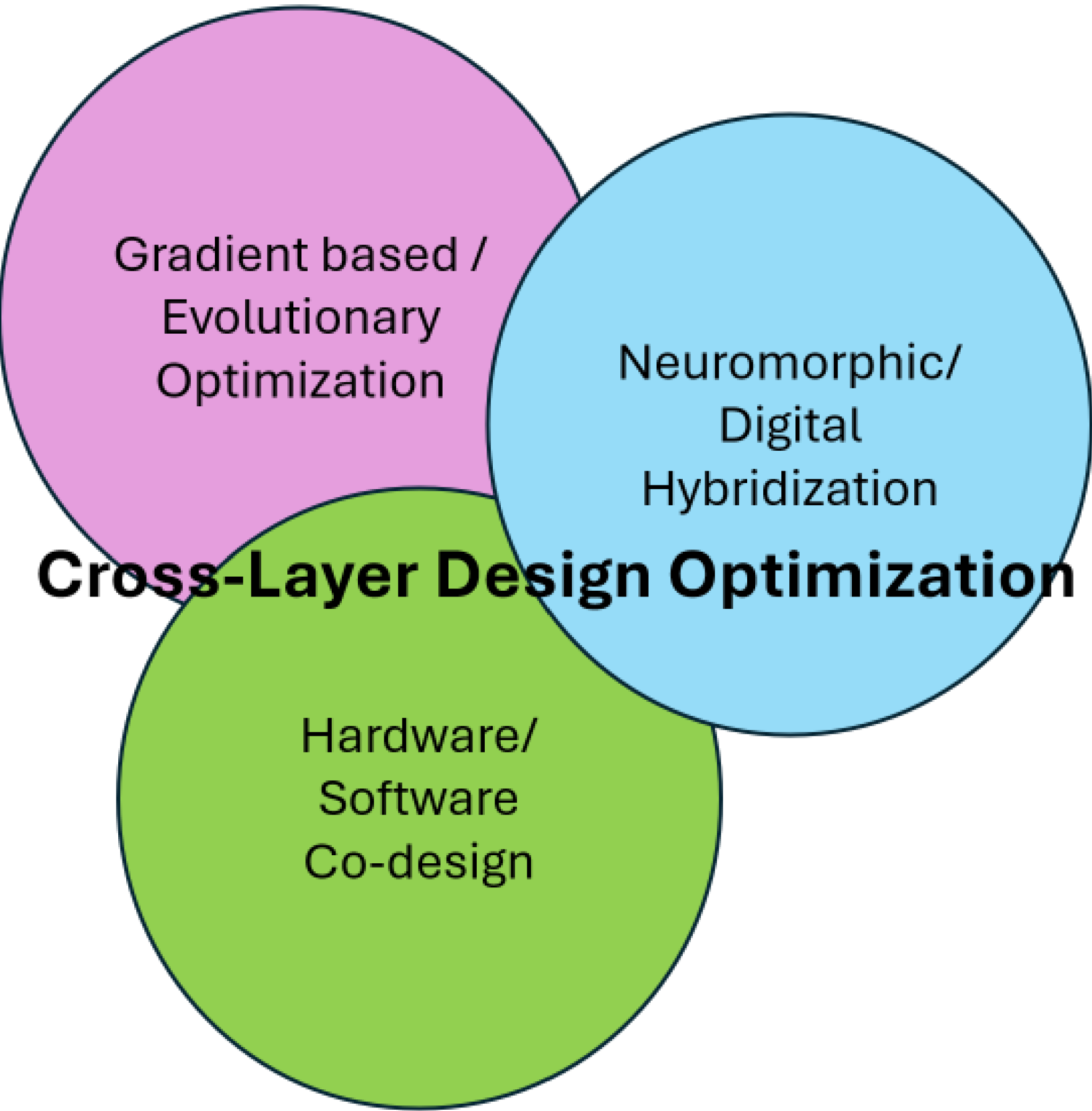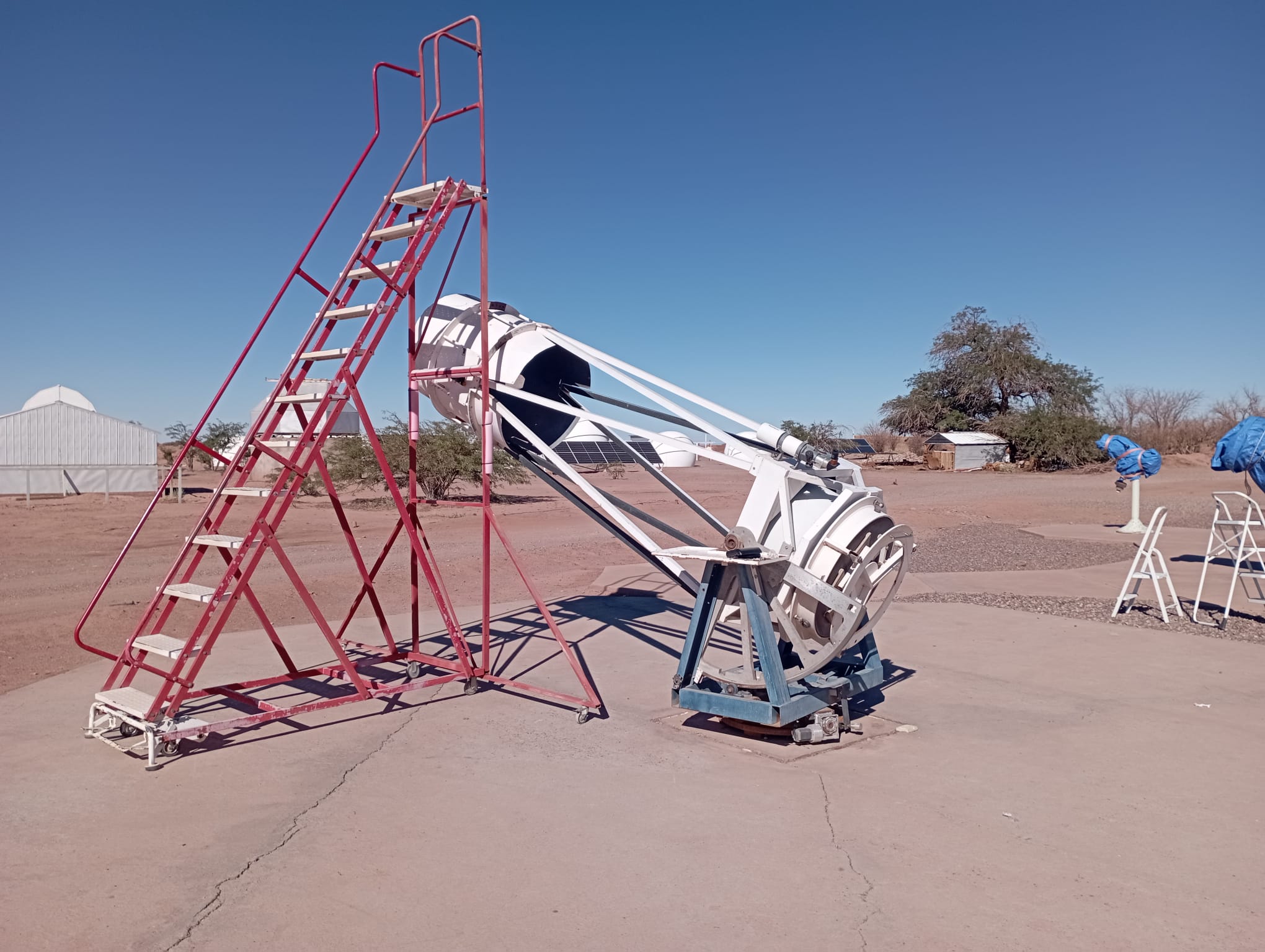Applications for MSCA Post-doctoral fellowships are on, and will be so until September 10 this year. What that means is that if you have less than 8 years of experience after your Ph.D., you can pair up with a research institute in Europe to present a research plan, and the European Commission may decide to fund it for two years (plus 6 months in industry in some cases).
In order for your application to have a chance to win funding, you need to:
- have a great research topic in mind,
- be ready to invest some time in writing a great application, and
- pair up with an outstanding supervisor at a renowned research institute.
Time is a gentleman - it waits patiently. And in physics, as in all exact sciences, problems and mysteries eventually get resolved, if we give it enough time. That is how science works, after all: the consensus on our explanation of reality changes as we acquire more information on the latter.
The other day I finally emerged from a very stressful push to submit two grant applications to the European Innovation Council. The call in question is for PATHFINDER_OPEN projects, that aim for proofs of principle of groundbreaking technological innovations. So I thought I would broadly report on that experience (no, I am not new to it, but you never cease to learn!), and disclose just a little about the ideas that brought about one of the two projects.
Grant applications
The human race has made huge progress in the past few thousand years, gradually improving the living condition of human beings by learning how to cure illness; improving farming; harvesting, storing, and using energy in several forms; and countless other activities.
Progress is measured over long time scales, and on metrics related to the access to innovations by all, as Ford once noted. So it is natural for us to consider ourselves lucky to have lived "in the best of times".
Why, if you were born 400 years ago, e.g., you would probably never even learn what a hot shower is! And even only 100 years ago you could have been watching powerless as your children died of diseases that today elicit little worry.
For the third time in 9 years I am visiting San Pedro de Atacama, a jewel in the middle of nowhere in northern Chile. The Atacama desert is a stretch of extremely dry land at high altitude, which makes it exceptionally attractive for astronomical activities. In its whereabouts, e.g., are some of the largest telescopes in the world - the Cerro Paranal Very Large Telescope (VLT), and the planned Extremely Large Telescope (ELT) now being built in Cerro Armazones. And I have news that an even larger telescope, tentatively dubbed RLT for Ridiculously Large Telescope, is being planned in the region...
What? Another boring chess game?
Buzz off, this is my blog, and if I feel like posting a chess game, that's what is going to happen. But if you like the game, stay here - this is a nice game.
Again played after hiours today, and again on a 5' online blitz server (chess.com). What amazes me is that these days I seem to have a sort of touch for nice attacks and brilliant combinations. Let me show you why I am saying this.
The starting position arose after the following opening sequence:
tommasodorigo - UTOPII841, chess.com April 16 2025
 Living At The Polar Circle
Living At The Polar Circle Conferences Good And Bad, In A Profit-Driven Society
Conferences Good And Bad, In A Profit-Driven Society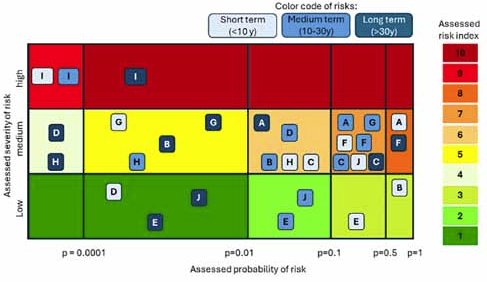 USERN: 10 Years Of Non-Profit Action Supporting Science Education And Research
USERN: 10 Years Of Non-Profit Action Supporting Science Education And Research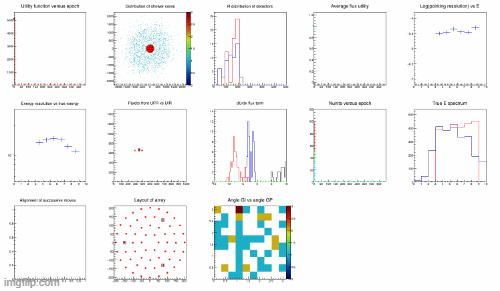 Baby Steps In The Reinforcement Learning World
Baby Steps In The Reinforcement Learning World
